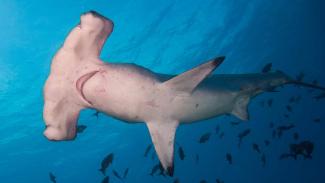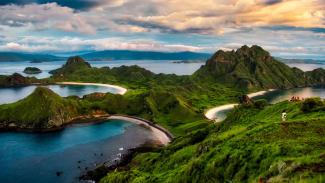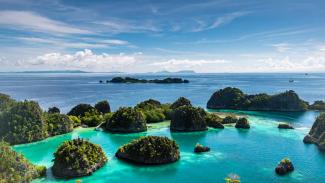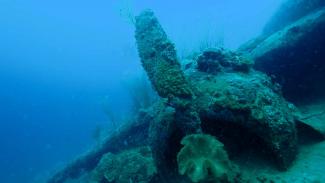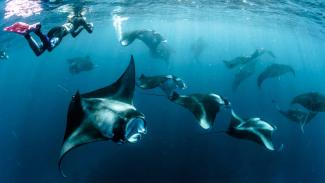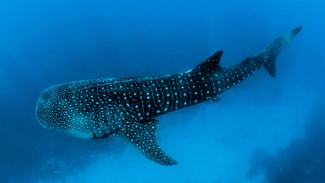Remote seamounts offering exciting scuba diving
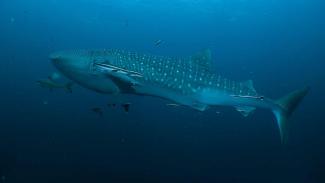
The Burma Banks in the Andaman Sea are around 200km off the coast of Burma (Myanmar), north-west from the Similan Islands. There are six ‘banks’ - actually the tops of large submerged mountains - Heckford, Coral, Big, Silvertip, Rainbow & Roe.
These underwater mountains were rediscovered in the 1980’s. Before this, their existence was known but their exact location was not.
Highlights
Best diving spots
Rising up from the depths, these mountain-tops form a series of plateaus, where shark encounters are the order of the day. Everything here is a little larger than life, from the huge hard coral structures to the giant groupers & reef-life, but the real attraction is the visiting sharks.
Heckford Bank is the deepest, it’s top lying in around 20m of water - and along with Silvertip Bank, this site probably offers the best opportunity to spot impressive Silvertip Sharks. South of Heckford Bank, Roe Bank is another great site.
Tawny Nurse sharks are regular visitors, paying little heed to divers as they cruise past. These 2-3 metre sharks are sometimes seen in groups of 10 or more, providing a thrill for any diver. Blacktip, Whitetip & Grey Reef Sharks are also common. From time to time, Hammerheads & even Tiger Sharks pay a visit here too. Manta Rays can be seen here too.
Currents here can be strong and the plateaus are all fully submerged in at least 15m of water, meaning diving here is for experienced divers only. Drift dives tend to be the order of the day.
When to dive
The weather in Burma, like the Andaman coast of Thailand to the south, is influenced by the Indian monsoon. The best conditions are from December through to April, with wetter weather possible outside of these months.
Getting there
The majority of people looking to dive Burma go through Thailand, arriving to Phuket's international airport. From there, most take a liveaboard departing from Thailand over the border. There are some limited resorts that require travel by land over the border.
Activities
The Burma Banks remote location means they are only a liveaboard destination, therefore diving is the focus.

How to dive Myanmar
Myanmar can be dived from liveaboard, with liveaboard vessels departing from the Andaman (west) coast of Thailand and heading north into Myanmar. Departures are usually offered between January and March each year. Itineraries are available to book on the Smiling Seahorse and the Phinisi through liveaboard.com
Myanmar Snapshot
- When to go: November through to April, however liveaboard departures often January to March only.
- Marine life highlights: Blacktip Shark, Silvertip Shark, Manta Ray
- How to reach: Join a liveaboard from Chalong (Phuket), Khao Lak or Ranong in Thailand.
- Prices guide: Myanmar liveaboards begin from around USD115 per day. Bear in mind there are entry fees to pay of USD250 per person.


